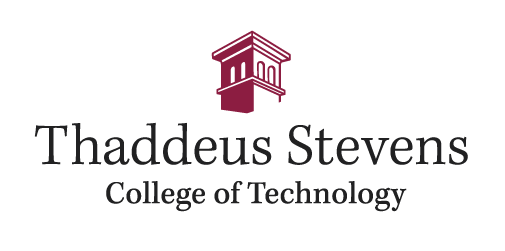Mechanical Engineering Technology
Curriculum FACULTY TOOL LIST APPLY
Tuition, Fees, and Financial Aid
The Mechanical Engineering Technology program prepares graduates for entry-level employment in the Mechanical Engineering field. The skills acquired from this course of study allow the student to visualize objects in three dimensions, describe objects with manual and Computer-Aided Drafting (CAD) techniques, and apply Mechanical Engineering principles to design products, tools, and equipment for a manufacturing-oriented industry. The program’s affiliations with industry are maintained through an Advisory Committee and the Society of Manufacturing Engineers (SME).
The student’s skills are developed with a comprehensive exposure to the concepts of orthographic projection, sectioning, and isometric drawing with an emphasis on instrument drawing techniques. A thorough understanding of Geometric Dimensioning and Tolerancing (GD&T) and a demonstrated proficiency with the latest CAD software complement these skills. Additional training in Fabrication Principles, Mechanical Design, Product Design, and Manufacturing Processes provides a well-rounded experience with mechanical design and manufacturing technology.
The principles of Mechanical Engineering are mastered by studying the motion of mechanical objects and the underlying concepts required to understand how a machine functions or a manufacturing process is performed. By studying the practical aspects of structured programming, parametric feature-based design, and solid modeling, the student gains the skills necessary to utilize the computer as a design tool. Further studies in Fluid Mechanics, Production Design, Engineering Materials, Thermodynamics and Heat Transfer, Machine Design, and related engineering topics allow the student to build upon these concepts. Practical applications of these concepts are further realized as the student completes an internship project during the fourth semester.
Upon entering the work place, the graduate can expect to assist engineers and scientists in the design and development of new products. As work experience is acquired, the graduate can expect to gain more design responsibility and thereby become a key member of an engineering team.
Program Objectives
A graduate of this program will be able to do the following:
- Produce detail, subassembly, and full-assembly engineering drawings utilizing manual and computer-aided drafting techniques.
- Recognize and apply the ASME Y14.5 guidelines in the creation of engineering drawings.
- Utilize ASME Y14.5 geometric dimensioning and tolerancing guidelines for establishing and maintaining the functional fit of mating parts.
- Apply industrial practices in the design and fabrication of sheet-metal components, welded assemblies, and piping systems.
- Identify and understand manufacturing processes and their effect on the cost and/or function of manufactured products.
- Analyze and design mechanical parts and systems for static and dynamic loading conditions.
- Apply engineering principles for determining the effects of stationary and moving fluids and the control and transformation of energy.
- Design manufacturing tooling for locating, clamping, forming, piercing, blanking, and/or shaping a given part.
- Employ structured programming techniques and utilize computer software tools to design and analyze mechanical parts or systems.
- Select and apply engineering materials for use in the design and manufacture of mechanical components.
- Analyze and design machine elements such as gears, shafts, bearings, clutches, brakes, flywheels, and related assemblies.
- Apply engineering problem-solving skills to complete a project on time and within budget.
| Mechanical Engineering Technology Employers | |

